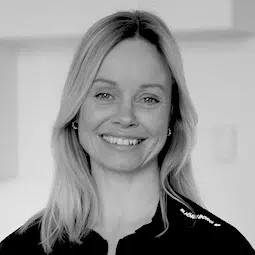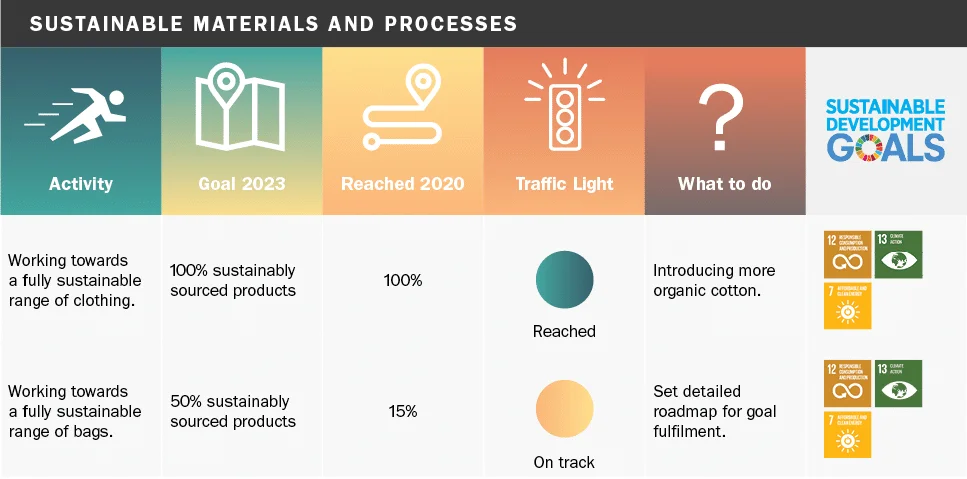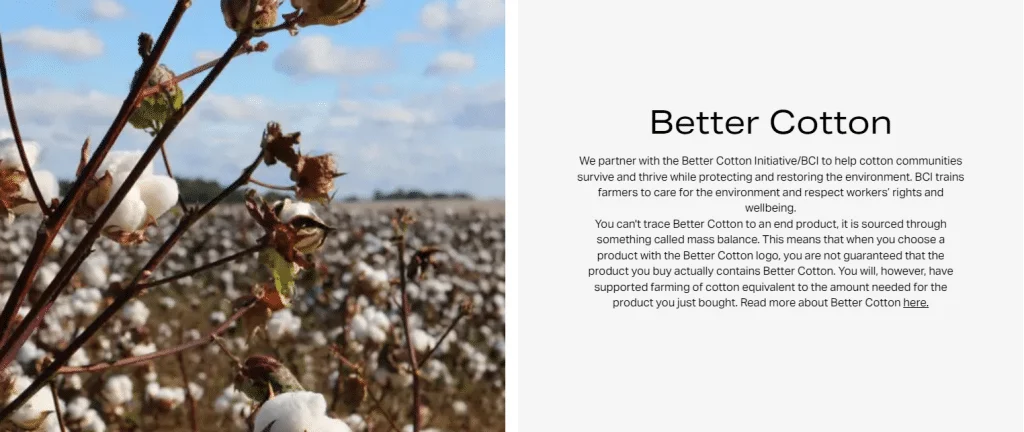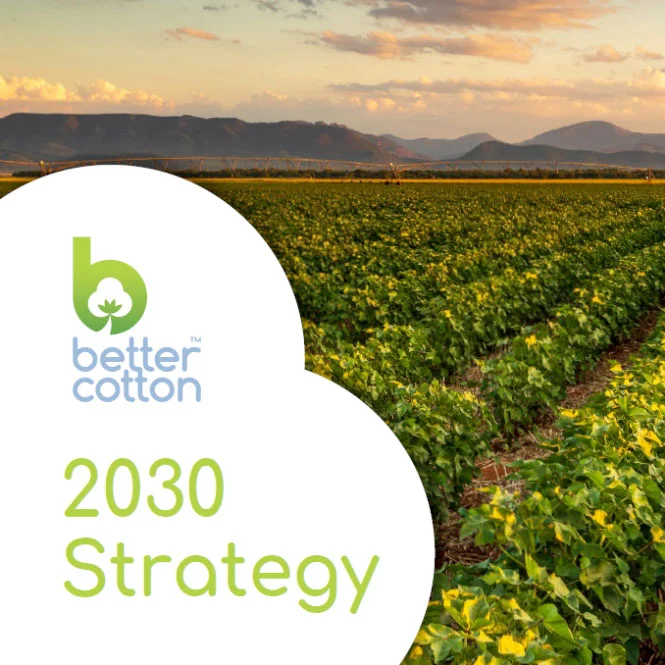- Who we are
- What we do
In just over 10 years we have become the world’s largest cotton sustainability programme. Our mission: to help cotton communities survive and thrive, while protecting and restoring the environment.
- Where we grow
Better Cotton is grown in 22 countries around the world and accounts for 22% of global cotton production. In the 2022-23 cotton season, 2.13 million licensed Better Cotton Farmers grew 5.47 million tonnes of Better Cotton.
- Our impact
- Membership
Today Better Cotton has more than 2,700 members, reflecting the breadth and diversity of the industry. Members of a global community that understands the mutual benefits of sustainable cotton farming. The moment you join, you become part of this too.
- Associate Membership
- Civil Society Membership
- Producer Organisation Membership
- Retailer and Brand Membership
- Supplier and Manufacturer Membership
- Find Members
- Member Monitoring
- Better Cotton Platform
- myBetterCotton
- Resources – Better Cotton Conference 2022
- Complaints
- Whistleblowing
- Safeguarding
- Get Involved in the Better Cotton Programme
- Thank you for contacting us
- Better Cotton’s Data Privacy Policy
- Log in
- Members’ Area
- Request for Proposals
- Better Cotton Cookie Policy
- Web Reference
- Measuring Cotton Consumption
- How to Implement the Chain of Custody Standard
- Resources – Better Cotton Conference 2023
- Certification Bodies Old
- Latest
- Sourcing
- Latest
The founding premise of Better Cotton is that a healthy sustainable future for cotton and the people that farm it is in the interests of everyone connected with it.
Let us help you find what you’re looking for
Results for {phrase} ({results_count} of {results_count_total})Displaying {results_count} results of {results_count_total}
Better Cotton brings people and businesses together across the cotton sector – to deliver a shared vision for the future of sustainable cotton. We focus primarily on supporting farmers on the ground. But it’s vital that we also drive demand for Better Cotton, in order to continue our growth and impact, firmly establishing Better Cotton as a viable commodity for farmers to grow and supporting them to improve their livelihoods.
In this blog series, we speak with three Better Cotton Retailer and Brand Members about the impressive progress they have made in their Better Cotton sourcing and how they are able to make advanced claims to their customers as a result. We’ll discuss how they communicate their Better Cotton progress with consumers in interesting and innovative ways. First in the series is Björn Borg, a Swedish sportswear company named after the legendary tennis player.
.


Q&A with Pernilla Johansson, Corporate Communications Manager, Björn Borg
If you would prefer to listen to the audio of the Q&A, you can do so below.
Björn Borg’s first collection was sold in 1984, and today its products are sold in around twenty markets, with their biggest being Sweden and the Netherlands. The company joined Better Cotton as a Retailer and Brand member at the start of 2017 and has made a commitment to comply with the United Nations Sustainable Development Goals and to follow the pathway towards limiting global heating to 1.5 degrees Celsius.
Björn Borg’s sustainability communications speak openly and honestly about the challenges of sustainable sourcing. In particular, the company emphasises the notion that the company can always do more to improve. By 2023, the company aims to have “100% Sustainable products within sports apparel and underwear”. In its latest sustainability report, Bjorn Borg states that “A majority of our clothing is classified by us as sustainably sourced through the usage of recycled polyester and recycled polyamide and the support of Better Cotton.”
Pernilla, can you tell us a little about Björn Borg’s approach to sustainability?
We approach our sustainability work in the same way as we do with everything else – full speed ahead! In 2015, we concluded that running a more sustainable business is the only way forward – both for the planet, for people, and for the company to survive. We always set high goals, no matter what we do, and this is no exception. We want to do better and be better at as fast a speed as possible.
You reached your 2023 sustainability goals in 2020, earlier than planned. Can you talk about that journey and how Better Cotton played a part?
Well, we reached one of our goals which was to offer a clothing range where all products were sustainably classified. Since a product can’t ever be sustainable no matter how you twist and turn, we had to settle at getting better than before. Preferably better than most. Since there wasn’t any official standard back then, and still isn’t, we, just like many other fashion brands, landed in setting our own standard, a classification of how products would end up in our more sustainable range. We created our own label, which we called ‘B. Tomorrow’, and to earn that label a product would need to either be made of a minimum of 70% more sustainable material or support the Better Cotton mission (to improve cotton farming globally). Since we offer a lot of cotton products in our clothing range, products supporting Better Cotton were, therefore, a big part of this range. Apart from that, we work with for instance recycled polyester and recycled polyamide, TENCEL™ Lyocell and S.Café® to name a few.
On your website, you talk about challenges in fashion and how ‘fashion is not sustainable, period.’ Can you tell us why you’re taking this approach to sustainability communications?
I think that honesty and transparency are extremely important and the only way to gain the trust of the consumers. To meet the Agenda 2030 goals, companies and governments will have to pull the biggest load, but you and I, ordinary consumers, have to contribute as well. Plus, businesses are made out of people, people are consumers – oftentimes the lines are blurry between the two. I don’t think it’s riskier to be open, rather the other way around. If we are to accomplish a better world for our children, we all have to join hands and change our behaviour. We want to inform and enable our followers to make better choices as well.


And what comes next for your sustainability goals?
We are just initiating the second step of our journey, which is to follow the UN 1.5° pathway and have signed up to decrease our emissions by 50% in absolute numbers by 2030. For a company with big growth ambitions, this is an ambitious goal, but we like challenges.
Could you tell us some more about your targets and how Better Cotton will play a part in this going forwards?
As a result of our membership in STICA (Swedish Textile Initiative for Climate Action) we have committed to follow the 1.5° pathway. Better Cotton plays a role, among other things, since our collaboration enables our customers to support better cotton farming practices. It is a way for us to enable others to make a better choice, and ultimately a contribution to the global 1.5 degree goal.
Hopefully it will also contribute to a better tomorrow. We support Better Cotton with a large part of our range today and as long as we feel that we can make a difference, we will continue to do so. For measurements it would make a big difference with traceability though, since Better Cotton counts as conventional cotton in emission calculations.
Impact Report
Learn more about how Better Cotton brings together actors across the cotton supply chain to create a more sustainable future for cotton.




